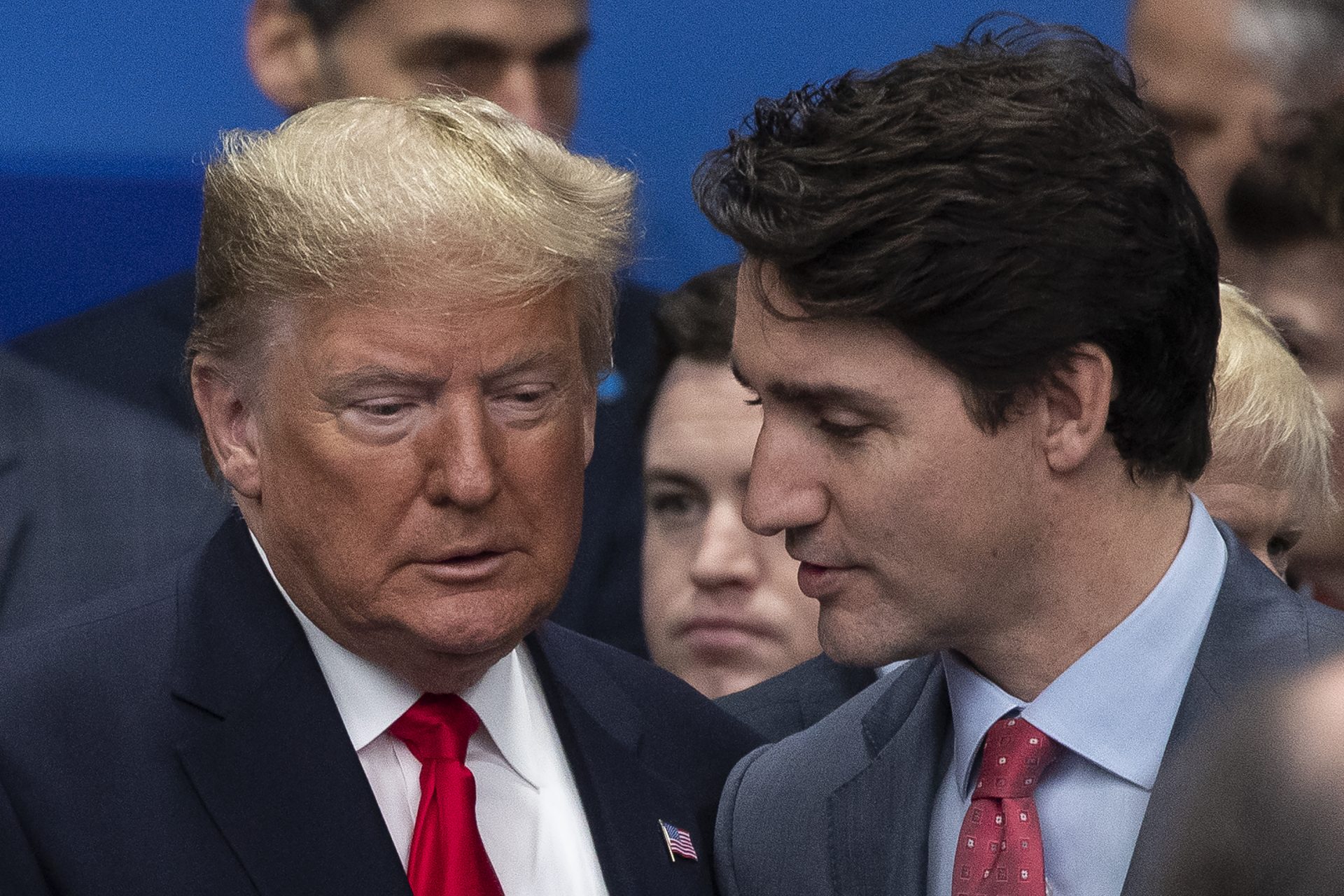What can your underwear tell you about the shape of the economy?
When was the last time you bought new underwear? It might sound like a silly, personal question, but it’s one that economists are interested in since it could be an indicator of the state of the economy as a whole.
The Men's Underwear Index is an economic indicator that suggests a correlation between men's underwear sales and the overall state of the economy.
The Men's Underwear Index was popularized by Alan Greenspan, the former Chairman of the Federal Reserve, who suggested that changes in men's underwear sales could indicate shifts in consumer confidence and spending habits.
“[Greenspan] once told me that if you think about all the garments in the household, the garment that is most private is male underpants because nobody sees it except people, like, in the locker room, and who cares,” NPR correspondent Robert Krulwich said in 2008.
The theory behind it can be summed up in one sentence: People tend to prioritize their basic needs during economic downturns.
This means that, even if money is tight, people will still need to buy essential items like food, housing, and clothing.
The sale of men’s underwear tends to remain steady when the economy is stable, but once there’s a downturn many guys will think twice before getting a new pair of boxers.
Image: Cristi Ursea / Unsplash
At the same time, during times of economic prosperity, men may be more likely to purchase luxury or high-end underwear, which could lead to an increase in sales of higher-priced brands.
For instance, CNN reported that during the 2008 Financial Crisis, the sale of men’s underwear fell significantly.
However, once the economy was back on track, the sale of men’s underwear began recovering in 2010.
While the Men's Underwear Index is not a formal economic indicator and has some limitations, it can still provide some insights into consumer behavior and sentiment.
A similar index, the Lipstick Index, was theorized by American cosmetics billionaire Leonard Lauder in the early 2000s.
According to Lauder, the consumption of cosmetics tends to be inversely correlated to a country’s economic health.
CNN suggested something similar in 2020, amid the Covid-19 pandemic: The Mascara Index, due to the increase in sales of eye makeup in places where the face mask was mandatory.
These are all examples of spurious relationships. It's when two trends appear casually connected but turns out these are more linked than we are led to believe. Usually by a third factor.
Overall, the Men's Underwear Index is a fun and quirky way to think about the relationship between consumer behavior and the economy.
Image: Andreea Popa / Unsplash
More for you
Top Stories





























